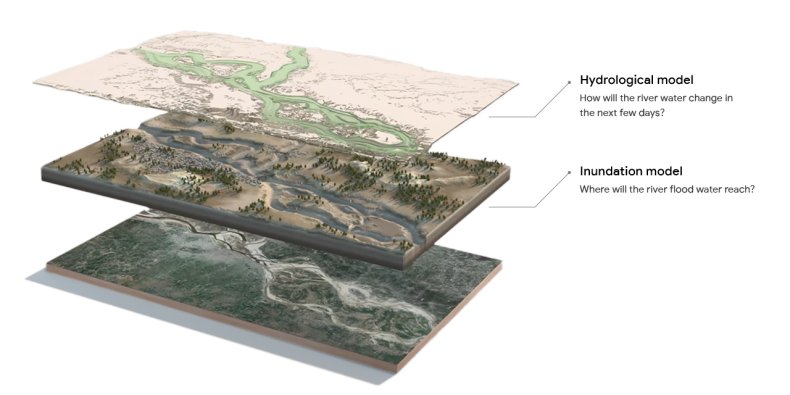Article (and paper) by Sanchayan Banerjee: “We appreciate the incredible array of global cuisines available to us. Despite the increasing prices, we enjoy a wide variety of food options, including an abundance of meats that our grandparents could only dream of, given their limited access. However, this diverse culinary landscape comes with a price – the current food choices significantly contribute to carbon emissions and conflict with our climate objectives. Therefore, transitioning towards more eco-friendly diets is crucial.
Instead of imposing strict measures or raising costs, researchers have employed subtle “nudges”, those that gently steer individuals toward socially beneficial choices, to reduce meat consumption. These nudges aim to modify how food choices are presented to consumers without imposing choices on them. Nevertheless, expanding the use of these nudges has proven to be a complex task in general, as it sometimes raises ethical concerns about whether people are fully aware of the messages encouraging them to change their behaviour. In the context of diets which are personal, researchers have argued nudging can be ethically dubious. What business do we have in telling people what to eat?
To address these challenges, a novel approach in behavioral science, known as “nudge+”, can empower individuals to reflect on their choices and encourage meaningful shifts towards more environmentally friendly behaviours. A nudge+ is a combination of a nudge with an encouragement to think…(More)”.

